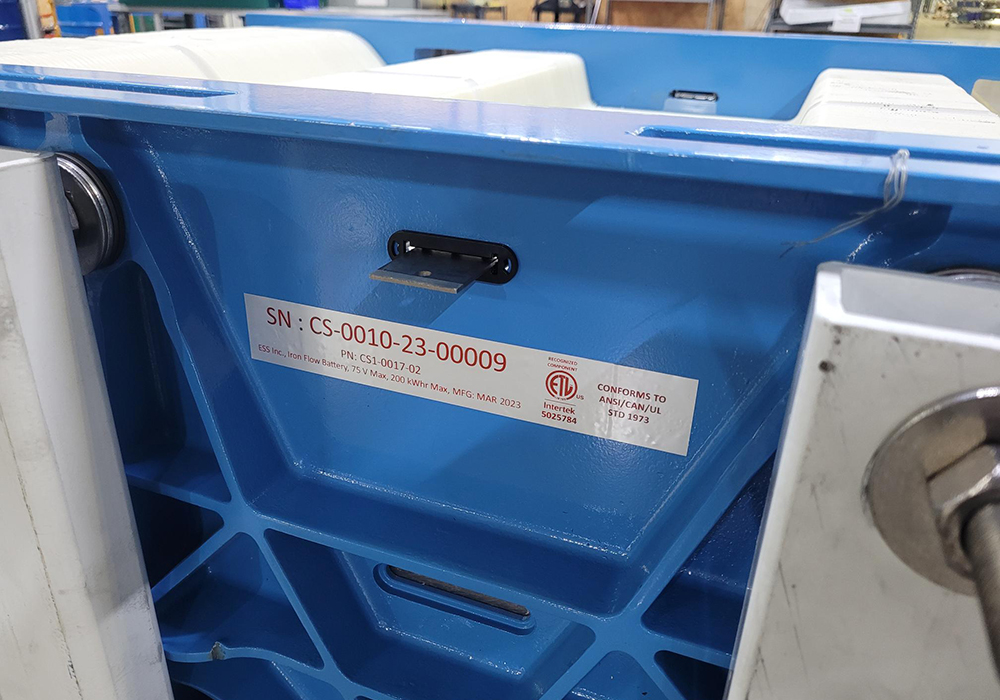By Hugh McDermott, SVP Sales & Business Development
Around the world, there is broad consensus that we’re going to need a lot of long-duration energy storage (LDES) to successfully transition away from fossil fuels and rely fully on renewable energy. Despite this booming demand, the safety track record of some battery technologies can add obstacles to the deployment of new projects.
Among the more noteworthy, customers and communities alike are concerned about the hazards and operational challenges associated with lithium-ion battery technology. Recent fires at facilities in Arizona and California underscore the public safety concerns related to lithium ion batteries. In these increasingly arid regions, with growing risks of wildfire driven by climate change, battery fires pose a threat not only to neighbors but the region at large.
Fortunately, new technologies, such as the iron flow batteries manufactured by ESS, are available today and provide cost-effective LDES without the safety and operational concerns associated with other technologies.
ESS battery modules were recently certified to the UL 1973 standard, affirming their quality, resilience and ability to operate safely and effectively. To be certified to UL 1973, the S200 battery modules that power our Energy Warehouse and Energy Center product lines underwent a series of rigorous assessments and demonstrated their ability to operate safely.
Lithium-ion vs. Iron flow
Lithium-ion systems are the most widely deployed battery energy storage technology today. But, the technology has limitations: sensitivity to extreme temperatures, risk of fire, limitations on cycling and eventual need for augmentation are all driving interest in alternatives.
ESS products use a safe and non-toxic chemistry made of earth-abundant materials. Our iron flow batteries pose minimal risk to installers, communities and the environment, have the lowest lifecycle carbon footprint of any storage technology on the market, and a 25-year design life.
Our recent certification to the UL 1973 standard follows certification of our battery modules to UL 9540A last year, which affirms that ESS batteries pose no risk of thermal runaway. Together, these two important UL certifications are a testament to ESS’ commitment to safe, durable energy storage solutions.
Safer Storage Enables a Wider Variety of Use Cases
Customers are choosing ESS technology precisely because of these safety advantages.
For example, Amsterdam Airport Schiphol is using ESS systems to enable electrification of ground operations in support of its carbon reduction goals. Considering the close proximity to passenger planes, selecting the safest choice in long-duration energy storage was paramount for the airport. In California, up to 2 GWh of ESS technology will be deployed by the Sacramento Municipal Utility District (SMUD) to build a resilient, decarbonized energy system. The safety of ESS technology means that energy storage can be located where needed, including in urban, densely populated communities, supporting SMUD’s 2030 Clean Energy Vision and energy justice initiatives.
As demand for renewable energy sources grows and extreme weather and aging infrastructure create new challenges to grid stability, long-duration energy storage will be imperative for a clean, reliable and resilient energy system. It’s our mission to accelerate deployments with the safest and most sustainable solutions on the market to catalyze the clean, and safe, energy future.

